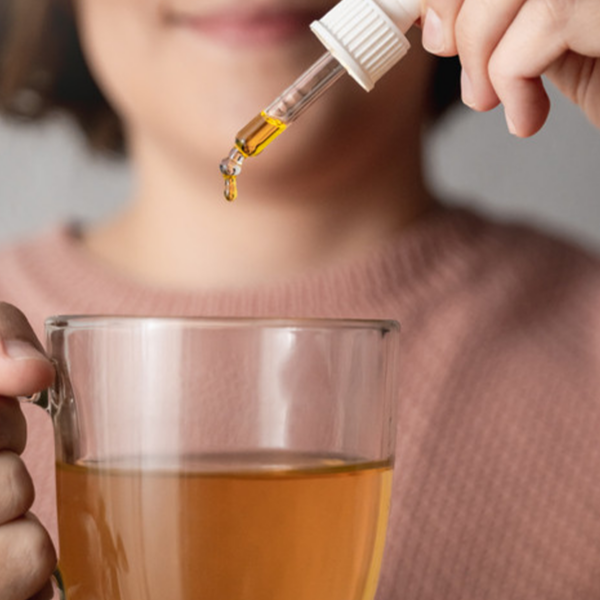Is Vaping Better?
Vaping is considered by many experts to be a less harmful alternative to smoking traditional cigarettes. While not completely risk-free, research indicates that switching to vaping can reduce exposure to the harmful chemicals found in cigarette smoke.
For example, a major report from the National Academies of Sciences, Engineering, and Medicine concluded that “e-cigarettes are likely to be far less harmful than combustible tobacco cigarettes” because they expose users to fewer toxic substances.
Learn more from these US-based resources:
- National Academies – Public Health Consequences of E-Cigarettes (2018)
- FDA – The Facts on E-Cigarette Use (Note: FDA does not endorse vaping as “safe” but acknowledges harm reduction potential)
- American Cancer Society – What Do We Know About E-Cigarettes?
While vaping is not approved as a quit-smoking device in the US, many adults have used it to transition away from smoking. Always talk with your doctor or a cessation counselor about the best strategy for you.
What Is In Cigarettes?
1. Tobacco
-
The primary ingredient, containing nicotine, an addictive stimulant.
2. Additives
Cigarettes contain hundreds of additives to enhance flavor, control burn rate, and improve shelf life. Common ones include:
-
Sugars (e.g. sucrose, high fructose corn syrup) – added for taste, create acetaldehyde when burned, enhancing nicotine addiction.
-
Humectants (e.g. glycerol, propylene glycol) – keep tobacco moist.
-
Flavorings (e.g. cocoa, licorice, menthol) – modify taste and smoothness.
-
Ammonia compounds – increase nicotine absorption in the lungs.
3. Chemicals Created During Combustion
When burned, cigarettes produce over 7,000 chemicals, including:
-
Tar – a sticky residue with many carcinogens.
-
Carbon monoxide – reduces oxygen in blood.
-
Formaldehyde – used in embalming fluid; toxic.
-
Benzene – known carcinogen found in gasoline.
-
Hydrogen cyanide – used in chemical weapons.
-
Arsenic – poisonous element.
-
Polonium-210 – radioactive element.
-
Acetone – found in nail polish remover.
-
Toluene – found in paint thinners.
Sources
What Is In Vape E-Liquid?
1. Propylene Glycol (PG)
-
A colorless, odorless liquid used as a base in many e-liquids.
-
Provides a stronger “throat hit” similar to cigarettes.
-
Commonly used in food, cosmetics, and medicines as a carrier liquid.
2. Vegetable Glycerin (VG)
-
A thicker, sweeter liquid that produces large vapor clouds.
-
Derived from vegetable oils (often palm, soy, or coconut).
-
Also widely used in food and personal care products.
3. Nicotine (Optional)
-
Extracted from tobacco plants or synthesized in labs.
-
Available in various concentrations, or zero nicotine options.
-
Provides the addictive effect that replaces cigarettes for many users.
4. Flavorings
-
Food-grade flavorings used to create the taste profiles.
-
Range from fruit, dessert, candy, menthol, to tobacco flavors.
-
Typically complex proprietary blends, but derived from standard food flavoring chemicals.
5. Other Possible Additives
-
Some e-liquids may include sweeteners or cooling agents (like WS-23 or menthol derivatives) to enhance taste and sensation.





